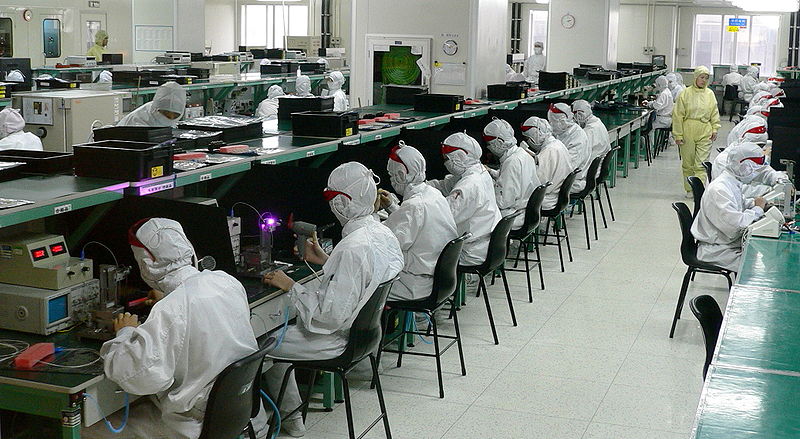Foxconn, known for assembling consumer electronics including Apple’s iPhones, has entered the space industry with the launch of two low-Earth orbit protype communications satellites aboard a SpaceX “rideshare” mission on Saturday.
The satellites were amongst more than 100 small satellites deployed by the mission, the ninth in SpaceX’s series of regular missions for companies looking for a low-cost path to orbit.
The firm’s Falcon 9 rocket lifted off from Vandenberg Space Force Base in southern California at 4:49 pm local time on the Transporter-9 mission.
The booster rocket, which has launched previous 11 missions including Transporter-8 in June, returned to the launch site about 65 miles north of Santa Barbara seven and a half minutes after liftoff.

Specialised broadband services
Transporter-9 deployed 90 payloads over the course of about half an hour, starting just under an hour after liftoff, with several of those payloads being orbital transfer vehicles that would deploy their satellites later on, for a total satellite launch of more than 110.
Jen-Ming Wu of the Hon Hai Research Institute described its two backpack-sized satellites, Pearl-1H and Pearl-1C, as a proof of concept for its efforts in LEO satellite broadband communications and post-5G capabilities. Foxconn is formally known as Hon Hai Precision Industry.
Since taking over in 2019 Foxconn chairman Liu Young-way has been looking for ways to diversify the company into areas including smart electric vehicles, digital health, robotics and artificial intelligence.
The satellites could provide specialised communications services for corporate and government clients, Foxconn has said, a more focused user base than that targeted by SpaceX’s own Starlink broadband satellite array.
Smart vehicles
Taiwan’s government is currently working on plans to launch LEO communications satellites as a space-based alternative to the undersea cables the island currently relies on.
Such satellites could also provide a communications infrastructure for Foxconn’s Smart Open Electric Vehicle Platform, which includes autonomous driving features that require real-time communications.




